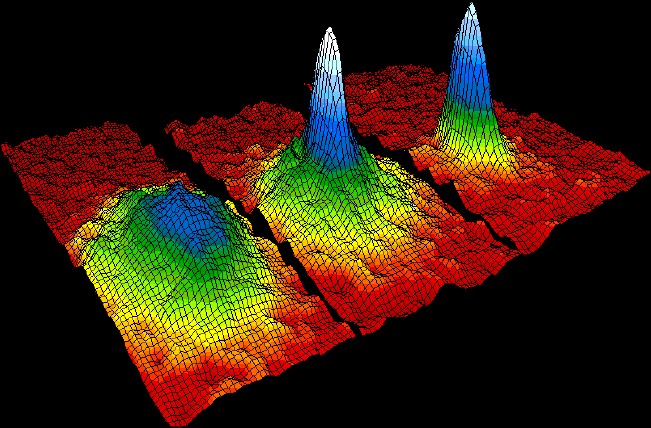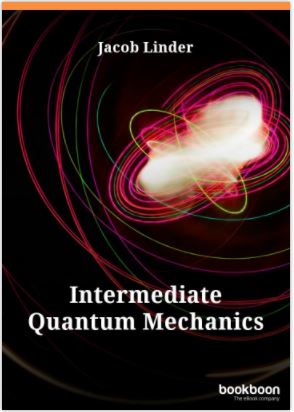A Quantum Physicist’s Toolbox

 Nature – beautiful and incredibly complex. Diving into the microscopic behavior of matter on the atomic level opens a world which is fascinating, yet impossible to describe in an exact manner. Quantum physicsists must therefore equip themselves with a “toolbox” of methods that enable an approximate, yet in many cases very satisfactory, description of nature’s complexity.
Nature – beautiful and incredibly complex. Diving into the microscopic behavior of matter on the atomic level opens a world which is fascinating, yet impossible to describe in an exact manner. Quantum physicsists must therefore equip themselves with a “toolbox” of methods that enable an approximate, yet in many cases very satisfactory, description of nature’s complexity.
Not exact, but good enough
When studying physical systems, even small ones which can barely be seen by the human eye, there is often a very large number of particles involved. For instance, tens of thousands of atoms fit into the width of a human hair. All of these atoms interact with each other which makes an exact description of such a collection of particles impossible. While we could, in principle, write down the exact equations that govern the behavior of such a system, they are much too complicated to solve in practice.
Only very rarely can one solve the equations that describe a physical system without any approximations. However, making approximations in order to solve a problem in physics does not mean that the resulting solution will be bad at all – we just have to make sure that the approximations capture the essence of the physical system under consideration.
The figure shows a very large collection of rubidium atoms which condense into one “superatom” when cooled to extremely low temperatures. This state of matter was predicted by Albert Einstein and Satyendra Bose and realized experimentally in 1995. Clearly, it would be a hopelessly complicated task to provide an exact description of such a system due to the large number of atoms involved. However, a very satisfying theoretical description can still be obtained by making certain approximations in how we model this physical system.

Visualization of a Bose-Einstein condensate. Image from Wikimedia Commons, NIST (public domain)
Building the toolbox
Nature is diverse. Some physical systems vary rapidly in space or time while others vary slowly. Depending on the situation at hand, a physicist needs to be able to select the appropriate tool to tackle the problem. As a result, it is very useful to have a “quantum toolbox” available where one selects the approximative method to describe a given physical system. The methods in the toolbox need to cover a wide range of physical situations. Moreover, a physicist not only needs to know how to use the tools in technical calculations, but when to use them – the results provided by a given approximative method will only be useful when the method is applied to an appropriate physical system.
The eBook Intermediate Quantum Mechanics guides the reader deeper into the world of quantum mechanics, introducing concepts such as scattering theory and the Born approximation, the Berry phase, Landau levels, quantized radiation theory, and the density matrix. After reading this book, the student will be equipped with a quantum toolbox that contains a variety of methods, such as several types of perturbation methods, that are specialized for different scenarios one encounters in physical systems. This book also serves as a fundament which allows the reader to later move on to more advanced topics in theoretical physics.
Download the eBook Intermediate Quantum Mechanics to find out more!
More articles by expert Jacob Linder:
- Matter – what is it made of?
- Introduction to Quantum Mechanics: Particle or Wave – Both!
- Slowing Down Time with Special Relativity
